Make yourself at home with the works of Charlotte Perriand at Foundation Louis Vuitton
See the full shoot in our October 2019 issue (W*247), on newsstands now
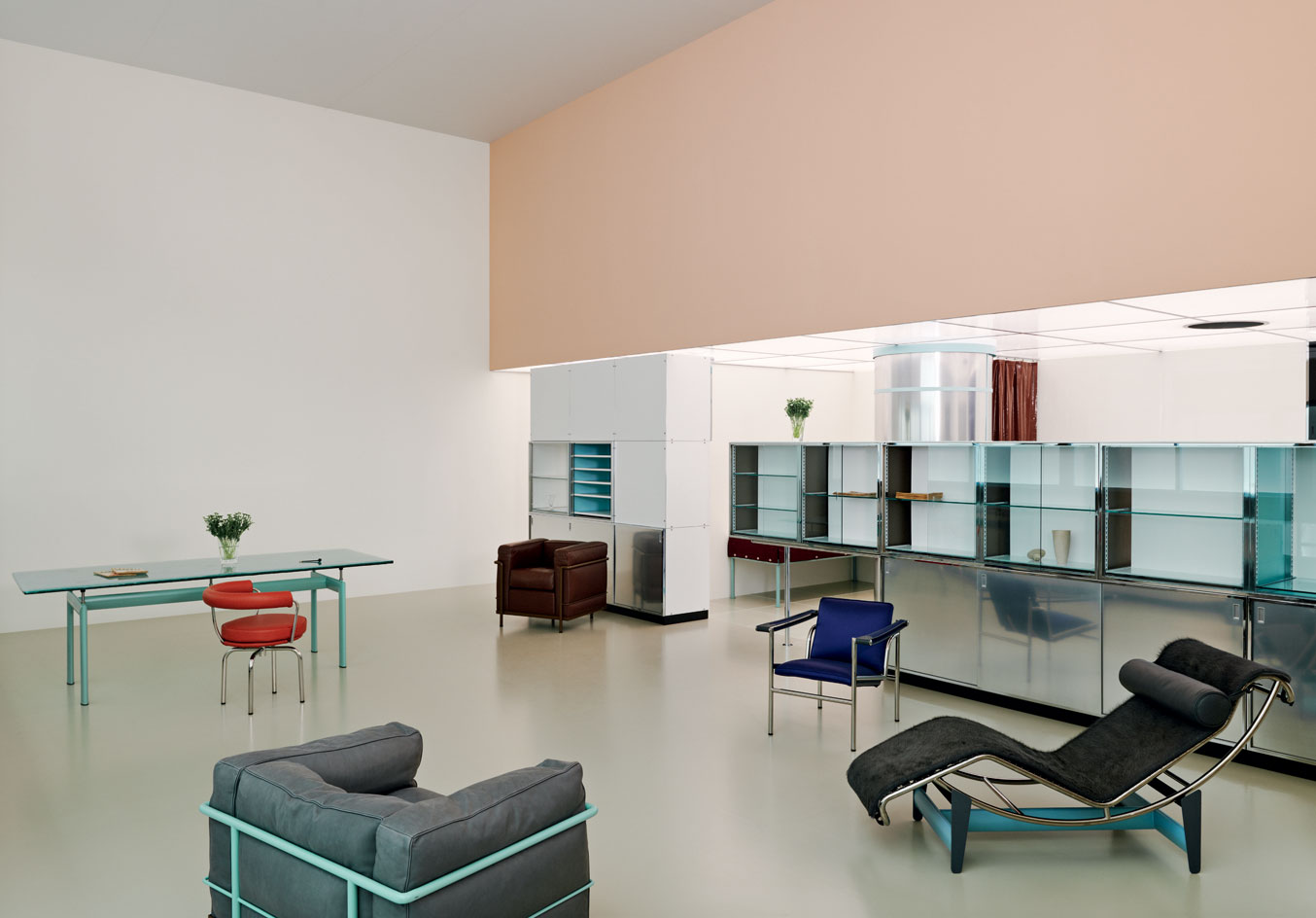
A reconstruction of the living room of the model home presented by Charlotte Perriand, Le Corbusier and Pierre Jeanneret at the 1929 Salon d’Automne in Paris, when the trio’s now iconic tubular chrome furniture was first shown to the public. The pieces, which visitors are welcome to try, were recreated by Cassina in the finishes and colours used at the time. The designs were later named, from left to right, ‘LC6’ dining table, ‘LC7’ chair, ‘LC3’ and ‘LC2’ armchairs, ‘LC1 Villa Church’ chair, and ‘LC4’ chaise longue.
This October, the Fondation Louis Vuitton is dedicating all of its 11 galleries, covering the four floors of the Frank Gehry-designed building in Paris’ Bois de Boulogne, to the pioneering French architect and designer Charlotte Perriand (1903-1999). Including 180 pieces of design and 180 artworks by 17 different artists, drawn from the Archives Charlotte Perriand, but also from private collectors, international museums and the Italian furniture brand Cassina, the show shines the spotlight on an exceptional woman who defined an entirely new way of living, and narrates the evolution from modern to contemporary society.
Reconstruction is the show’s modus operandi. Exhibitions and interiors devised by Perriand have been reassembled to her exact specifications. Her groundbreaking tubular chrome furniture, created alongside Le Corbusier and Pierre Jeanneret, and later, independently designed pieces in wood and bamboo come to life in their original context. Perriand liked to juxtapose her pieces with artwork from the likes of Fernand Léger, Pablo Picasso, Hans Hartung and Alexander Calder, and these too have been painstakingly sourced to recreate her intended displays.

The 90 sq m model apartment at the Salone d'Automne included a small bedroom, furnished with a daybed, metal cabinet and ‘LC8’ stool, all recreated for the exhibition by Cassina.
The reconstructions start with Perriand’s Saint-Sulpice apartment from 1927, followed by the 1929 Salon d’Automne, and La Maison du Jeune Homme, shown at the Universal Exposition in Brussels in 1935. A painting by Léger, commissioned by Perriand for that project, was presumed lost, but curators tracked it down in a private collection and have secured it for the show. Further reproductions include the Refuge Tonneau, a mountain shelter designed in 1938 with Jeanneret and since created by Cassina; rooms for the Maison du Mexique and student housing units for the Maison de la Tunisie in 1952; and the Maison de Thé, made in 1993 for Unesco. Also present will be her 1934 Maison au Bord de L’eau, reproduced in 2013 by Louis Vuitton for Design Miami, and now fittingly displayed next to the Fondation Louis Vuitton’s outdoor water features.
To illustrate the years Perriand spent living in Japan, where she worked as the official advisor on industrial design to the Japanese government, and her dialogue with its culture, the show also includes reproductions of her exhibitions in Tokyo: ‘Sélection, Tradition, Création’ from 1941, and ‘Proposition d’une Synthèse des Arts’, from 1955.
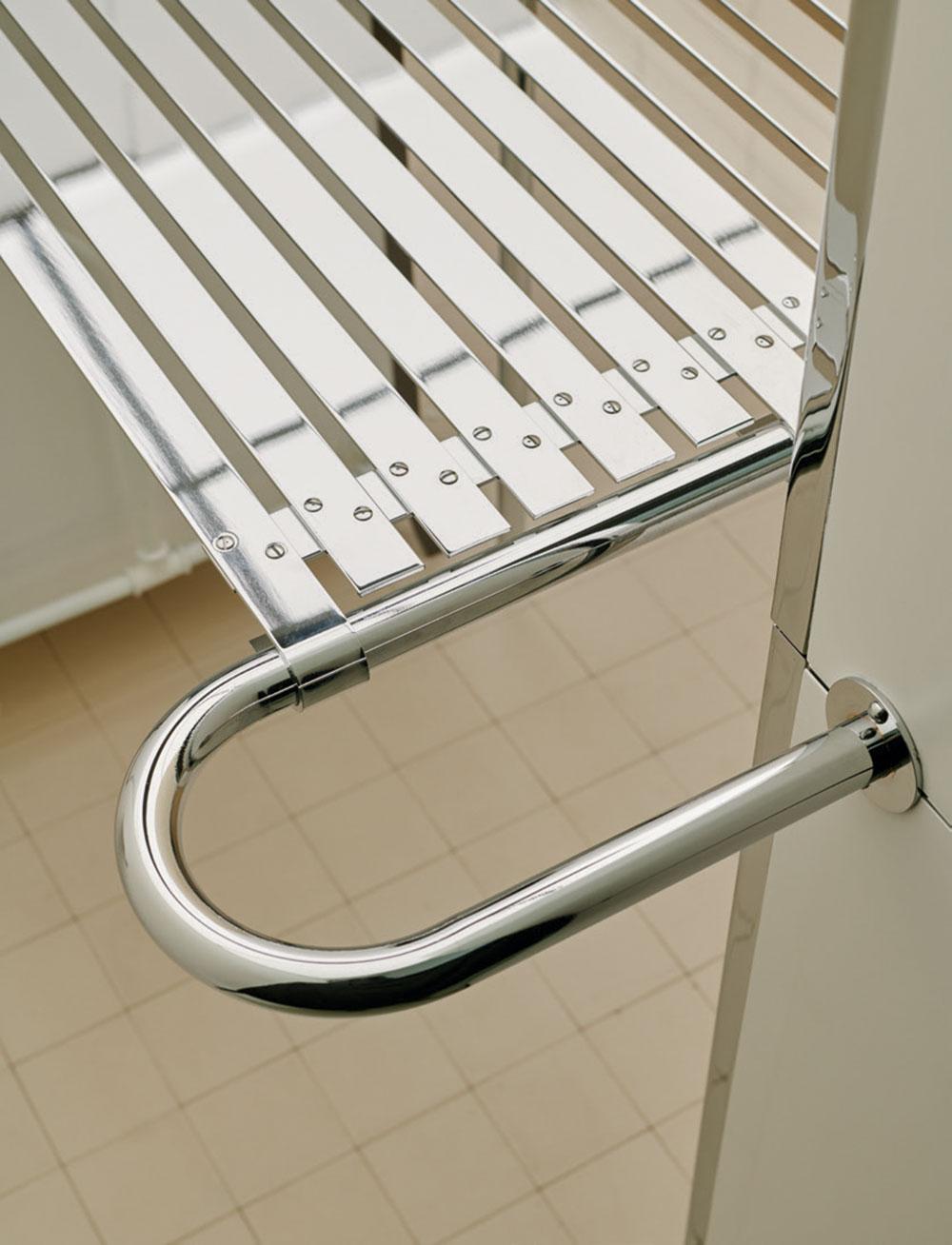
A multifunctional metal rack in the model apartment's kitchen, which can be used to store fruit and vegetables.
Perriand collaborated with Le Corbusier and Jeanneret on the now-iconic chaise longue and the ‘Grand Confort’ armchair. These were presented to the public at the 1929 Salon d’Automne, within a 90 sq m model home that served as a manifesto for modern living. According to Jean-Paul Claverie, art advisor to the president at the Fondation Louis Vuitton, the best way to present these pieces was to remake the original display entirely, including drawing room, bedroom, bathroom and kitchen. To oversee this resuscitation, the foundation called upon Arthur Rüegg, the architect and historian responsible for the recent restoration of the Pavilion Le Corbusier in Zurich. Cassina, with whom Perriand started a working relationship in 1964, not only provided pieces from its Perriand collection, made expressly in the finishes and colours used at the time, but replicated the metal cabinets that doubled as partitions between the drawing room and the rest of the space, and produced new replicas of several pieces, including a double bed and a daybed. In a departure from standard museum practice, visitors are encouraged to use the furniture in the recreated living space.
The show took four years to plan and execute. Aside from the usual research and careful negotiation with private collectors, galleries, estates and over 40 different international museums to coax essential works, it also involved complex restoration work and the recreation of total environments. In this the foundation collaborated closely with Pernette Perriand, who had worked alongside her mother and now manages her estate, and Pernette’s husband Jacques Barsac, Perriand’s biographer.
Within a partial reconstruction of the 1955 Synthèse des Arts exhibition in Japan, ‘you will really see how Perriand straddles disciplines’, says chief curator Olivier Michelon. ‘You will see a table, but also tapestries by Le Corbusier and Léger, a drawing by Hartung, and so on. She had a specific vision of art and space. The art alone could have warranted its own show, but here you get to see it in a real context.’
Claverie hopes visitors to the show will come to recognise Perriand as a pioneer of modernity, who touched on every aspect of our lives. ‘She elevated the place of the woman in society, highlighted our relationship with the environment and nature, and championed the integration of the artist and art.’
In a life that bookended the 20th century, Perriand never stopped creating. More than a designer, she was a visionary who was committed to changing the world softly. And our way of living today would not be the same without her.
As originally featured in the October 2019 issue of Wallpaper* (W*247)
INFORMATION
‘Charlotte Perriand’ is on view from 2 October – 4 February. fondationlouisvuitton.com
Receive our daily digest of inspiration, escapism and design stories from around the world direct to your inbox.
ADDRESS
Fondation Louis Vuitton
8 Avenue du Mahatma Gandhi
75116 Paris
Also known as Picky Nicky, Nick Vinson has contributed to Wallpaper* Magazine for the past 21 years. He runs Vinson&Co, a London-based bureau specialising in creative direction and interiors for the luxury goods industry. As both an expert and fan of Made in Italy, he divides his time between London and Florence and has decades of experience in the industry as a critic, curator and editor.
-
 The best Miami hotels to book for design-minded travellers
The best Miami hotels to book for design-minded travellersIn town for Art Basel or Design Miami? These are the city’s most stylish stays, whether you’re looking to hit the beach or have a spa day
-
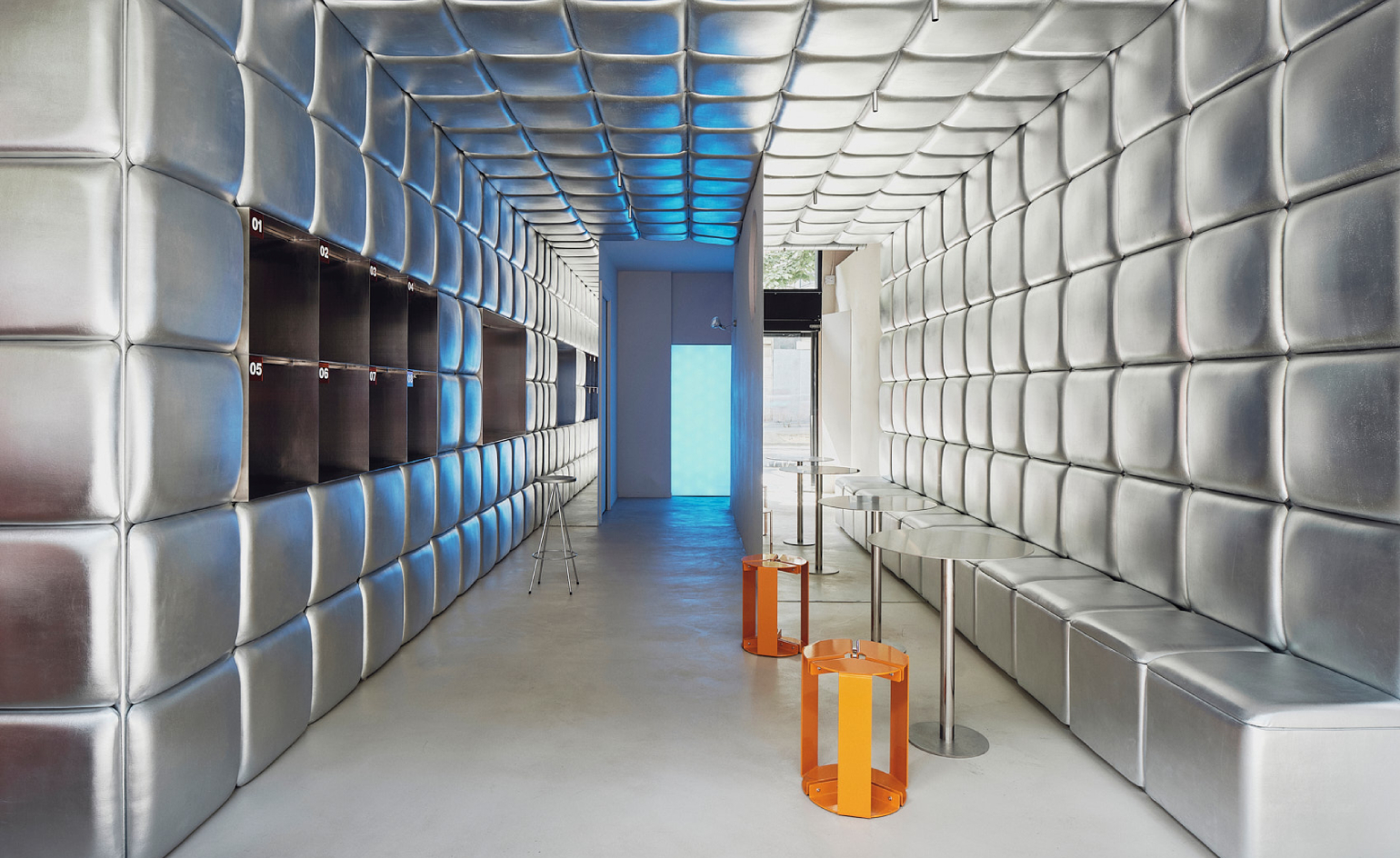 Enter a metallic, maximalist playground for pasta lovers in Barcelona
Enter a metallic, maximalist playground for pasta lovers in BarcelonaRelleno’s first flagship restaurant pushes casual dining into a chrome-lined future, wrapping guests in a sculptural grid that riffs on the geometry of filled pasta
-
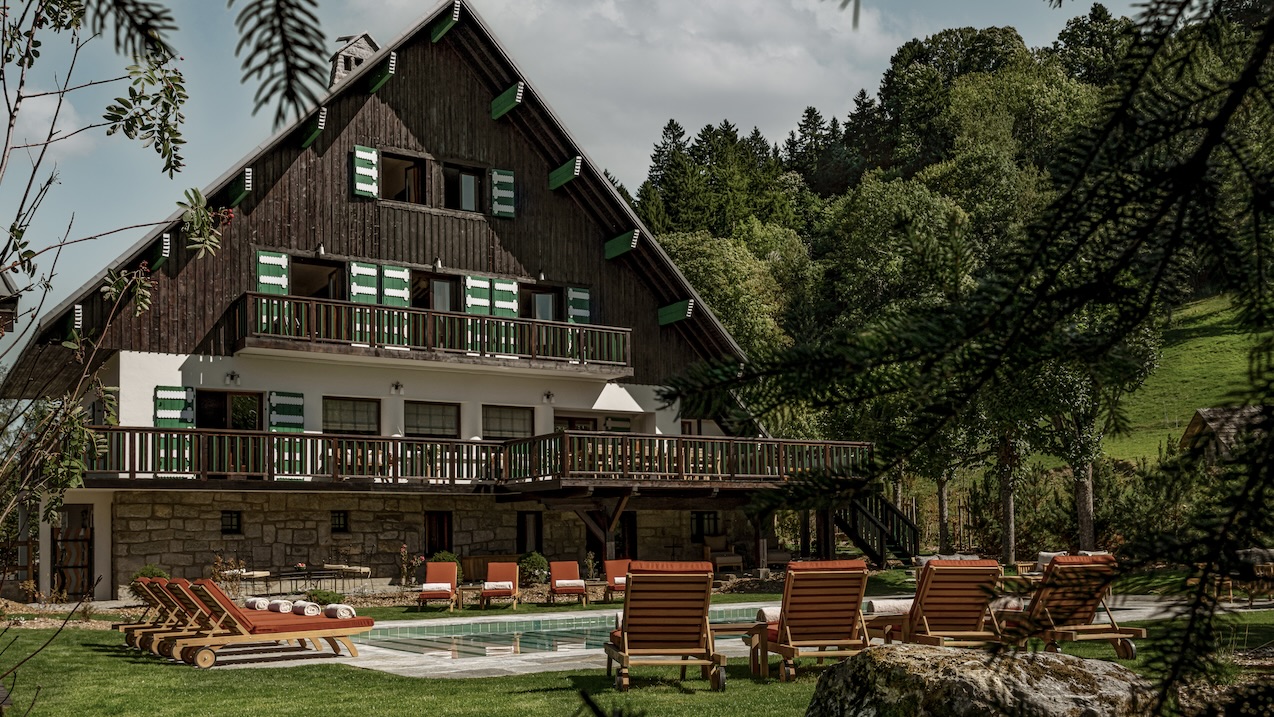 This Alpine chalet rejects the ‘modern ski’ aesthetic to embrace art deco
This Alpine chalet rejects the ‘modern ski’ aesthetic to embrace art decoOriginally designed by architect Henry Jacques Le Même, a key figure in shaping the Alpine style, Le Sarto in Megève, France, has been captivatingly transformed by interior architecture studio Claves
-
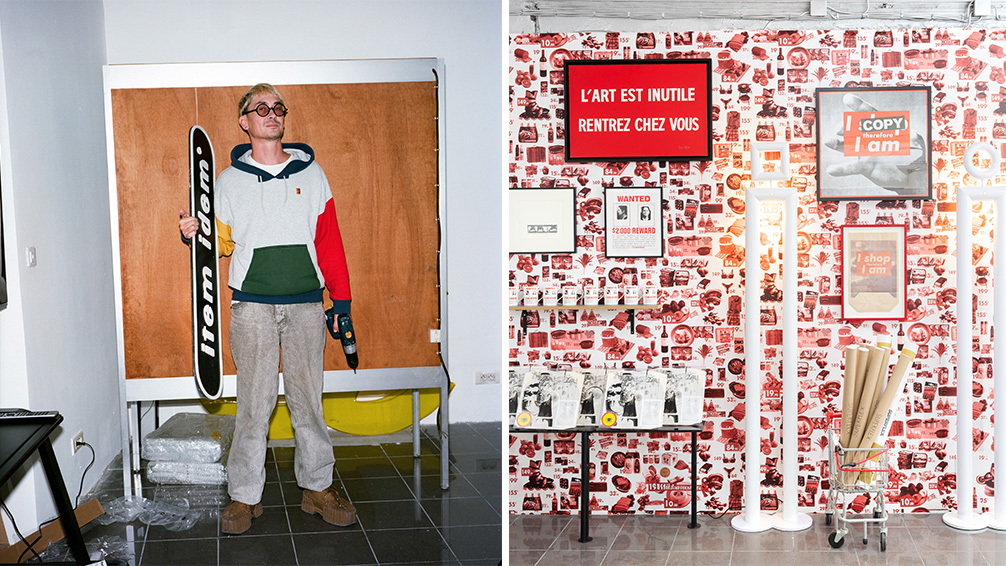 Is this Paris' most design-focused holiday shop?
Is this Paris' most design-focused holiday shop?Shop weird and wonderful design and fashion at this playful, postmodern exhibition from Item Idem, where commerce, culture and humour intersect
-
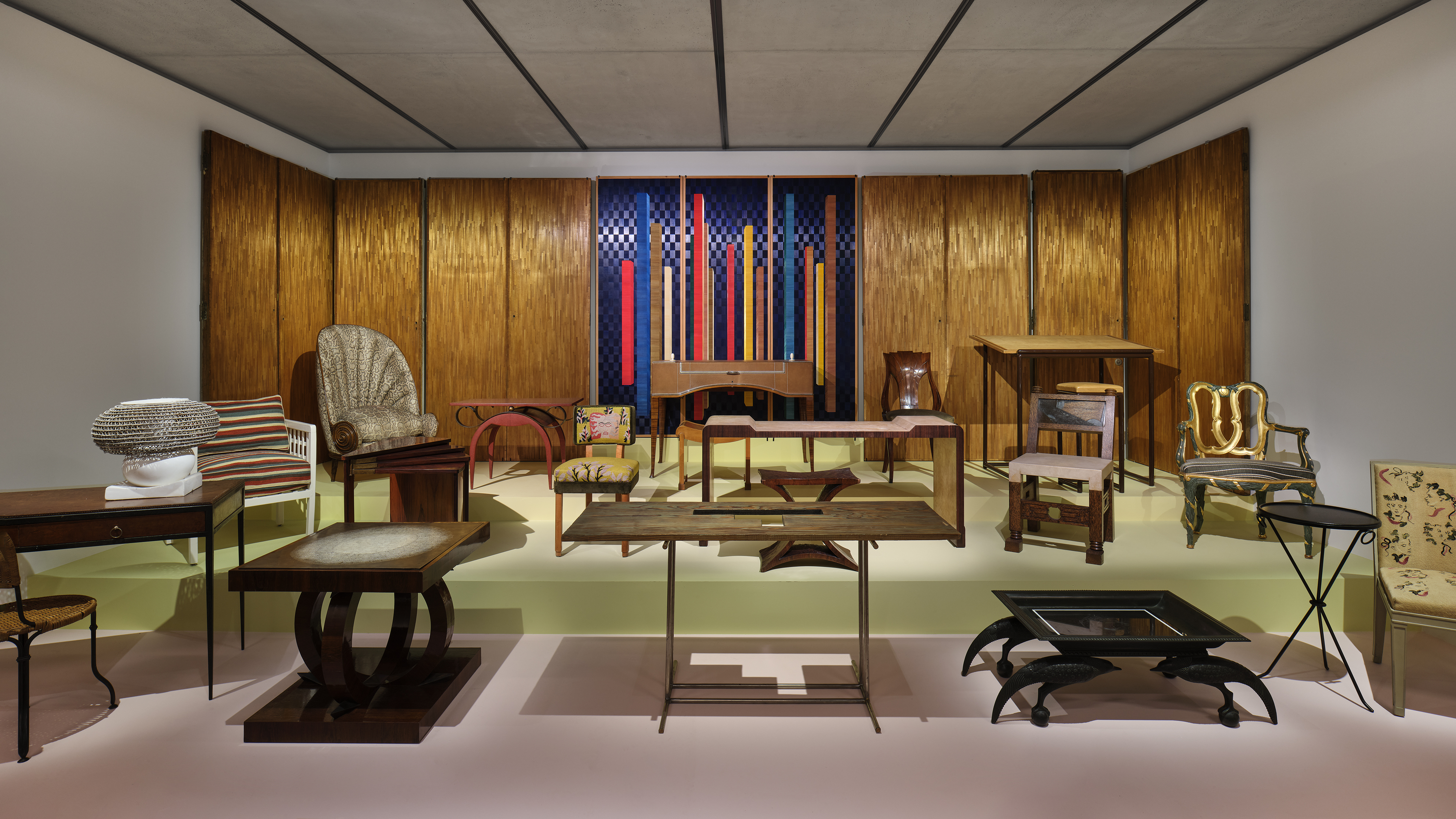 Art Deco's centenary is honoured with a grand exhibition in Paris
Art Deco's centenary is honoured with a grand exhibition in ParisTo mark 100 years of Art Deco, the Musée des Arts Décoratifs in Paris is holding a retrospective that includes furniture, tableware, clothing, jewellery and objets d’art (on view until 26 April 2026)
-
 Best of Design Miami Paris 2025: animal sculptures and musical ping-pong tables
Best of Design Miami Paris 2025: animal sculptures and musical ping-pong tablesDesign Miami Paris returns to the Hôtel de Maisons (until 26 October 2025): here are the Wallpaper* highlights
-
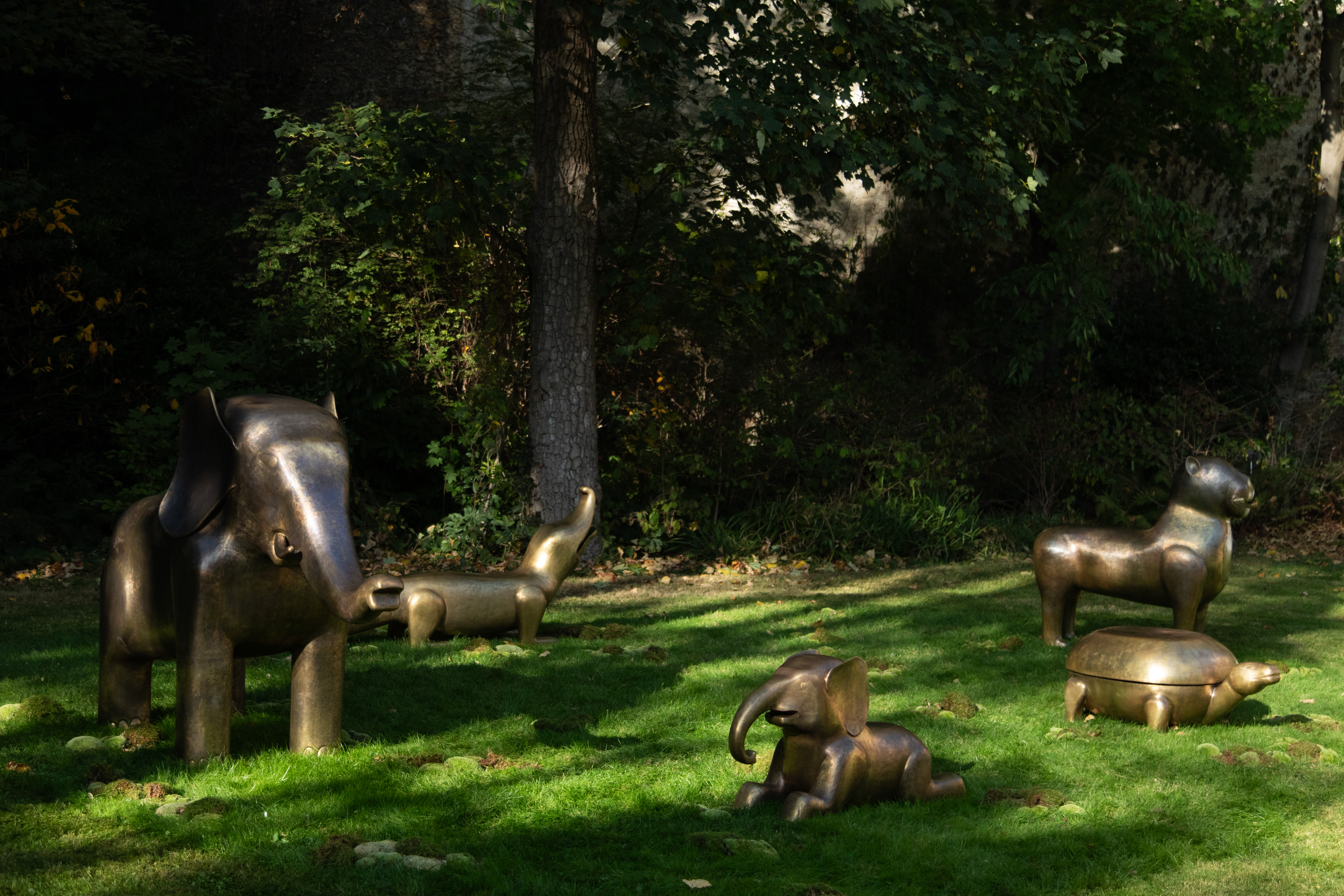 At Design Miami Paris, an artful menagerie tells a story of scent and nature
At Design Miami Paris, an artful menagerie tells a story of scent and natureVikram Goyal and Sissel Tolaas present ‘The Soul Garden’ at Design Miami Paris (until 26 October 2025), ‘a contemporary fable where the animals take new forms, reimagined for the world we live in today’
-
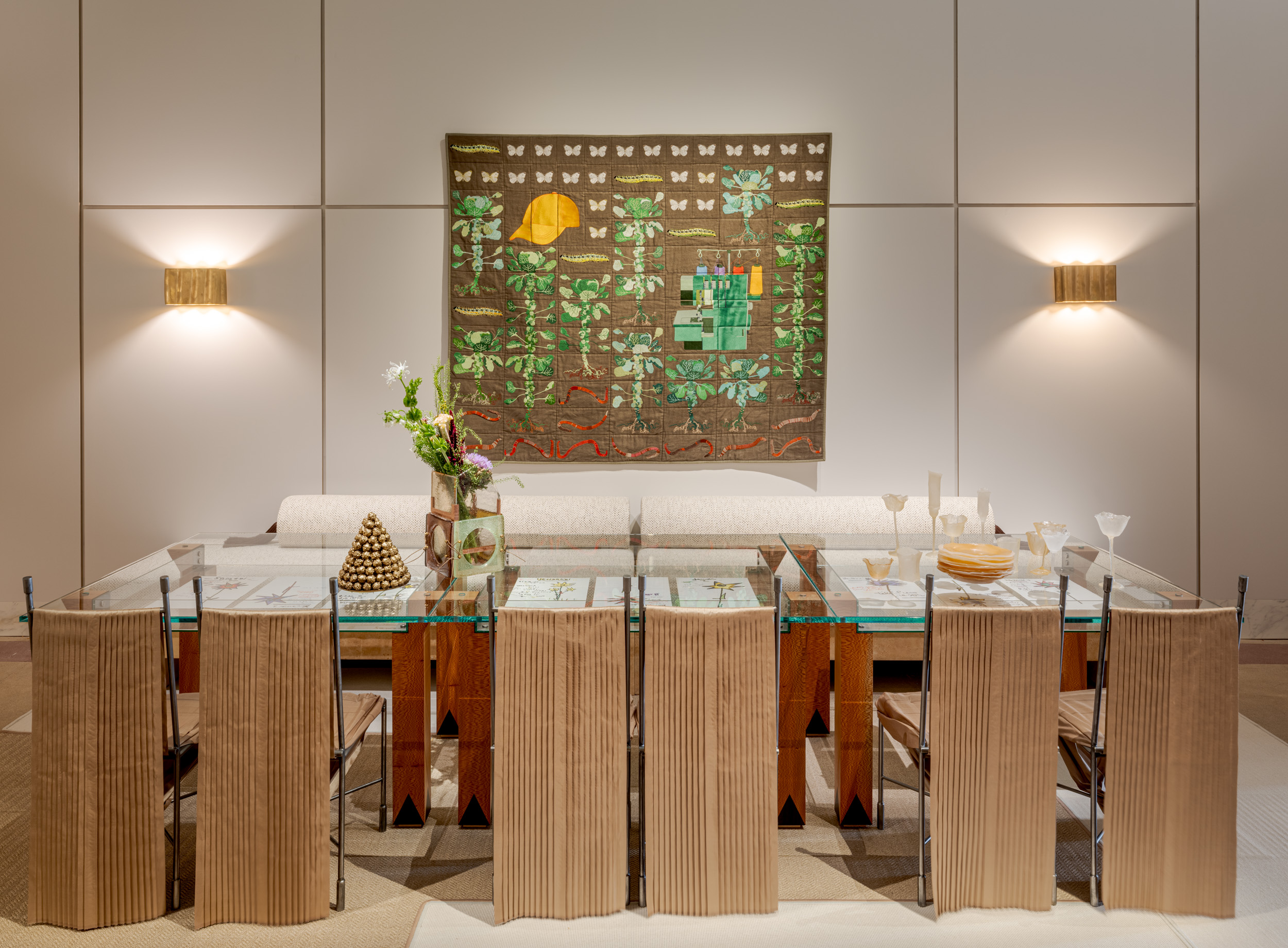 These are the best design exhibitions to see in Paris this week
These are the best design exhibitions to see in Paris this weekAs Design Miami Paris and Art Basel Paris make their return, we round up the best design exhibitions to discover in the city
-
 A monumental exhibition of French design revives the spirit of art deco for contemporary times
A monumental exhibition of French design revives the spirit of art deco for contemporary timesThe Galerie des Gobelins hosts the inaugural Salon des Nouveaux Ensembliers, a contemporary movement inspired by art deco’s grand traditions
-
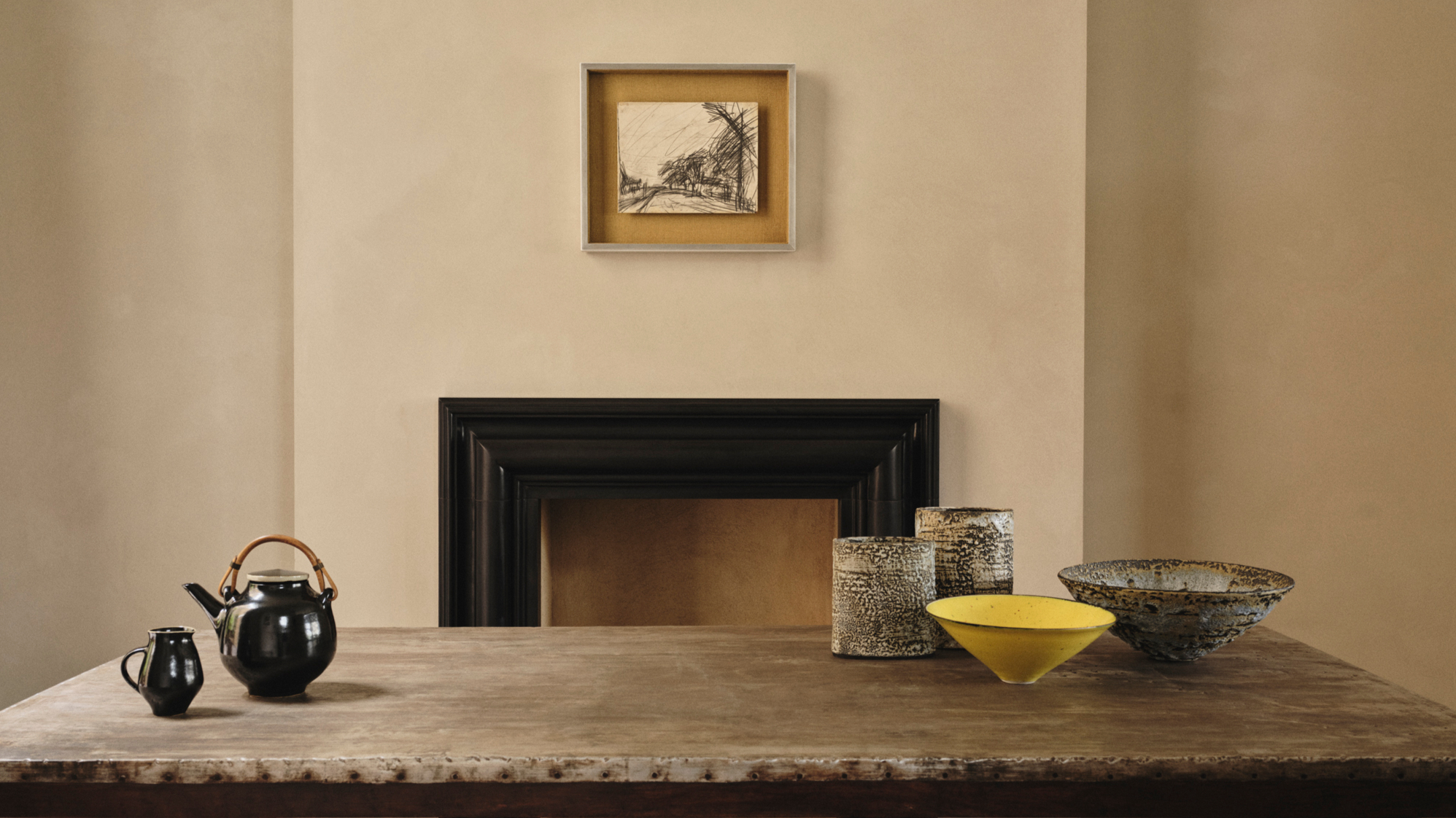 Rajan Bijlani opens his Primrose Hill home for ‘Electric Kiln’
Rajan Bijlani opens his Primrose Hill home for ‘Electric Kiln’In his London home – once the studio of ceramicist Emmanuel Cooper – Rajan Bijlani stages ‘Electric Kiln’, uniting Frank Auerbach, Lucie Rie and Cooper in an intimate reflection on the creative spirit of postwar London
-
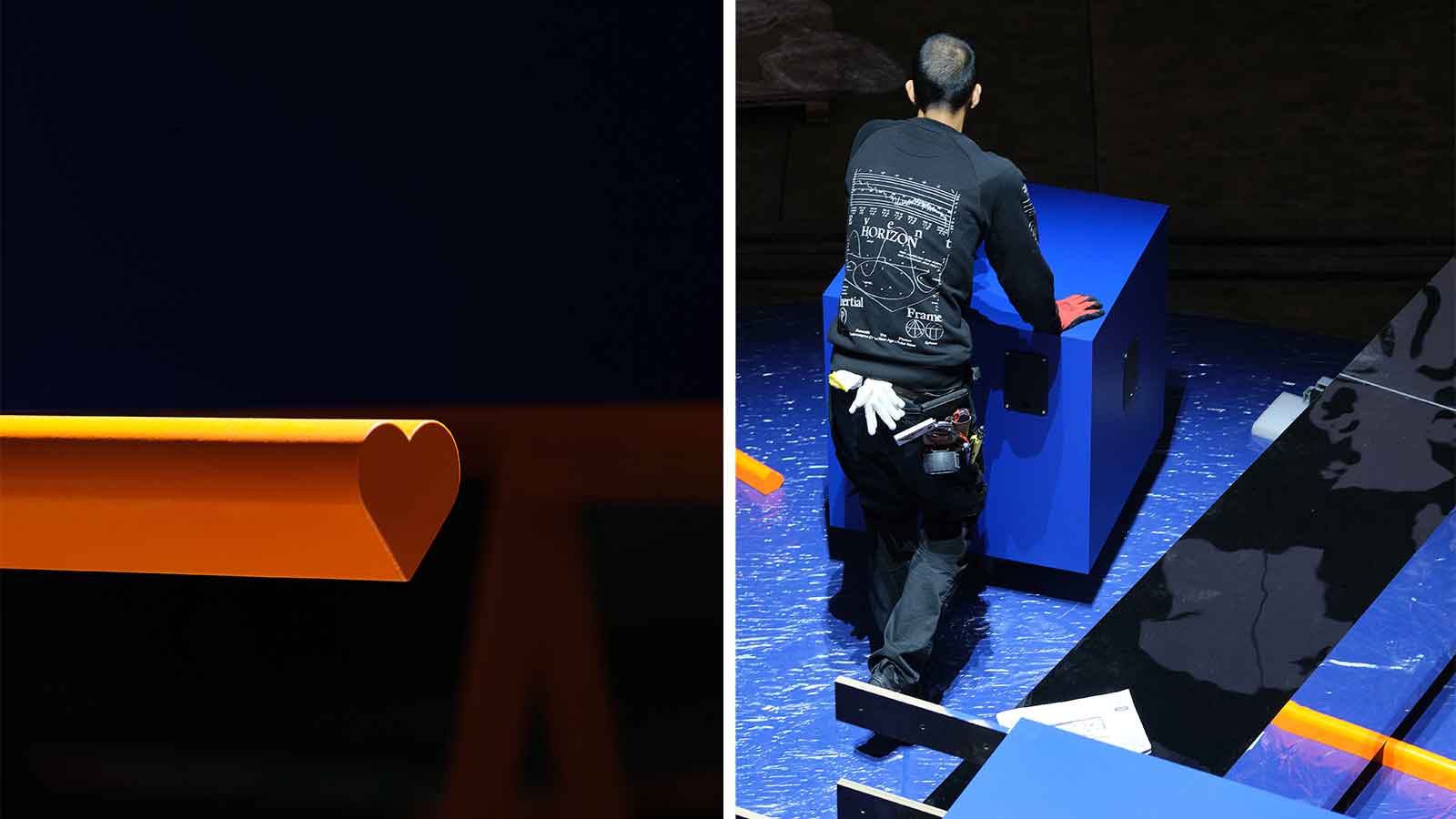 ‘The club is the place where everything is possible’: this Paris Design Week exhibition is conceived as a disco
‘The club is the place where everything is possible’: this Paris Design Week exhibition is conceived as a disco‘Design Disco Club’, curated by Christopher Dessus during Paris Design Week 2025, presents 30 emerging designers in a dark, disco-like environment